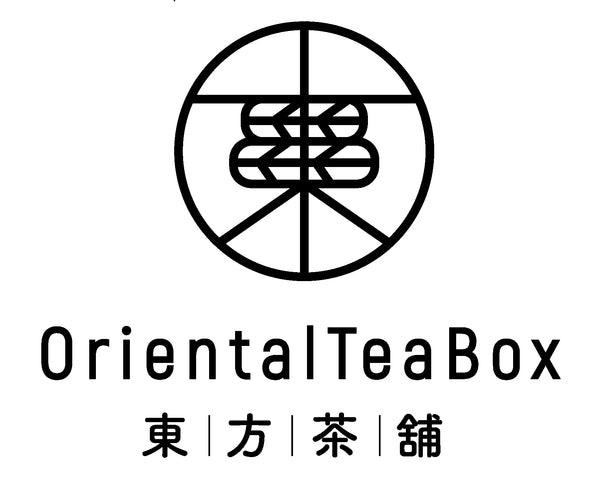In a world dominated by industrial production and consumerism, the Mingei Movement and Slow Fashion stand as reminders of the importance of craftsmanship, sustainability, and cultural preservation. While they originate from different historical and cultural contexts, they share a common ethos: a commitment to quality, tradition, and ethical production.
The Mingei Movement celebrates handmade, functional objects crafted by anonymous artisans, whereas Slow Fashion challenges the modern fashion industry by advocating for ethical labor practices, sustainable materials, and a shift away from mass production. Though their focus differs, both movements resist the disposable culture of mass production and encourage a more mindful approach to the objects we use in our daily lives.

The Mingei Movement: A Celebration of Everyday Craft
The Mingei Movement (民藝運動) was founded in 1920s Japan by Muneyoshi Yanagi, along with other artists and intellectuals. The word “Mingei” (民藝) translates to “folk craft”, and the movement sought to elevate the status of everyday, utilitarian objects that were handmade by unknown craftsmen.
At the time, Japan was rapidly industrializing, and traditional craftsmanship was disappearing in favor of mass-produced goods. Yanagi and his peers believed that objects created for practical, daily use had a unique beauty—one that reflected both the skill of the maker and the cultural traditions of the community.
Key Principles of the Mingei Movement
- Simplicity and Functionality – Objects should be practical and designed for everyday use.
- Anonymity of the Artist – The focus is on the collective creativity of the community rather than individual artists.
- Cultural Preservation – Mingei values traditional materials and techniques, striving to keep them alive in the face of industrialization.
The Mingei philosophy sees beauty in imperfection, honoring the marks of the craftsman’s hand and celebrating materials that age gracefully over time.

Slow Fashion: A Response to Industrialized Clothing
Fast Fashion, characterized by low-cost, mass-produced garments, has led to severe environmental and ethical issues—including excessive waste, exploitative labor practices, and resource depletion. In response, the Slow Fashion movement emerged in the early 2000s to counteract the disposability of modern fashion.
Much like Mingei, Slow Fashion champions thoughtful production and consumption, encouraging consumers to invest in high-quality, long-lasting garments rather than chasing fleeting trends.
Key Principles of Slow Fashion
- Sustainable Production – Using environmentally friendly materials and ethical supply chains.
- Ethical Labor Practices – Ensuring fair wages and safe conditions for workers.
- Quality Over Quantity – Encouraging consumers to buy less but choose better.
- Transparency – Promoting awareness of how and where garments are made.
While Mingei celebrates the past, Slow Fashion looks toward a more ethical and sustainable future. However, both reject industrial mass production in favor of human-centered craftsmanship.
A Shared Philosophy: Thoughtfulness Over Mass Production
Although Mingei and Slow Fashion emerged from different historical contexts, they are united by three core values:
1. Sustainability and Ethical Production
- Mingei supports the use of natural, locally sourced materials and traditional crafting techniques that are inherently sustainable.
- Slow Fashion aims to reduce waste, pollution, and unethical labor practices by encouraging eco-friendly fabrics and ethical production methods.
- Both movements recognize that mass production depletes natural resources and undermines traditional skills.
2. Craftsmanship and Durability
- Mingei objects are designed to last generations, celebrating the wear and patina that develop over time.
- Slow Fashion discourages “disposable” clothing, instead promoting garments that are made to be repaired and worn for years.
- Both movements emphasize quality over quantity, valuing objects that become more beautiful with use.
3. Cultural and Artistic Integrity
- Mingei honors regional folk traditions, ensuring that craft techniques survive across generations.
- Slow Fashion supports artisanal craftsmanship, often collaborating with local artisans to preserve heritage textile-making methods.
- Both movements push back against homogenization, recognizing that cultural diversity is expressed through craft.
Through these principles, Mingei and Slow Fashion reject mass-market consumerism and instead celebrate the artistry of everyday objects.
Where They Differ: Community vs. Industry
Despite their common values, Mingei and Slow Fashion operate in different spheres:

Where Mingei sees beauty in the collective effort of unnamed artisans, Slow Fashion often highlights the work of specific brands and ethical designers. However, both advocate for a return to thoughtful, handcrafted production.
The Future: A Return to Craft and Conscious Consumption
As the world faces an urgent need for sustainable solutions, movements like Mingei and Slow Fashion are more relevant than ever. They remind us that true craftsmanship takes time, that objects should be used and loved for years, and that the value of an item is not just in its price but in its story and cultural significance.
Both encourage us to think before we buy—to seek out objects and garments that are ethically made, rooted in tradition, and designed to last. In doing so, they offer an alternative to the disposable culture of modern consumerism, advocating for a future where quality, sustainability, and heritage are at the forefront of our choices.
Whether in a handcrafted ceramic bowl or a thoughtfully made linen dress, both Mingei and Slow Fashion teach us that true beauty lies in craftsmanship, tradition, and intentional living.
---
References:
- Yanagi, M. (1972). The Unknown Craftsman: A Japanese Insight into Beauty. Kodansha International.
- Minney, S. (2016). Slow Fashion: Aesthetics Meets Ethics. Bloomsbury.
- Fletcher, K. (2007). Sustainable Fashion and Textiles: Design Journeys. Earthscan.
- Koren, L. (1994). Wabi-Sabi for Artists, Designers, Poets & Philosophers. Stone Bridge Press.

